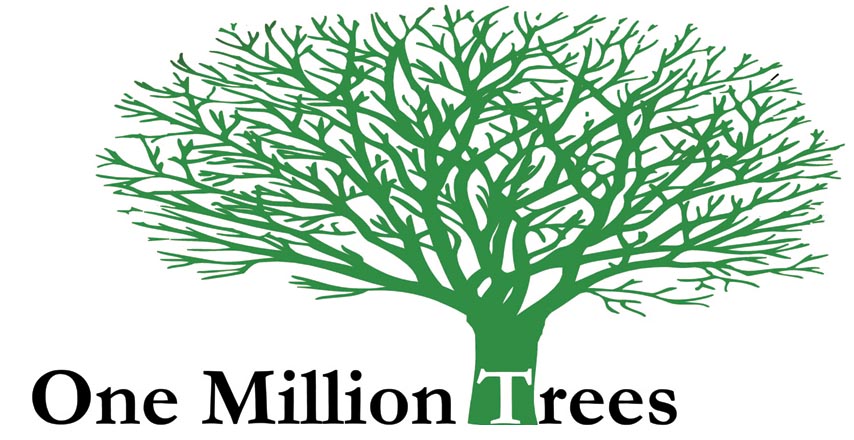Urban Forest

Urban forestry is the sustained planning, planting, protection, maintenance, and care of trees, forests and greenspace in and around cities and communities for economic, environmental, social, and public health benefits for people.
Urban and community forestry includes the development of citizen involvement and support for investments in long-term ongoing tree planting, protection, and care programs.
Windsor’s Forestry department currently has Certified Arborists with certifications including Tree Risk Assessment specialists, Tree Climber specialists, or Municipal Planning specialists on staff who are responsible for the delivery of urban forestry services to residents.
For more information on the certification and qualifications of Arborists please visit: International Society of Arborists (ISA)
Significant Projects in Forestry
Street Tree and Park Tree Inventory- In 2019 and 2020, the City of Windsor completed an inventory of most City-owned trees. These include trees along the right-of-way on city streets, in city parks and around most city facilities and owned properties. Large natural areas or ‘naturalized’ areas were excluded from this individual tree inventory. Likewise, trees on privately owned land were not included in this inventory.
- The City of Windsor is developing our first-ever Urban Forest Management Plan (UFMP). The UFMP will establish a long-term vision, goals, and targets for the maintenance, protection, and enhancement of trees across the entire city.
- Across the city, trees along streets, in parks, yards, and natural areas constitute a valuable urban and community forest. This resource is a critical element of the region’s green infrastructure, contributing to environmental quality, public health, water supply, local economies and city aesthetics. The primary goal of this assessment was to provide a baseline and benchmark of the city’s current (2019) tree canopy, interpret the results across a range of geographic boundaries, and evaluate how the city’s canopy has changed since 2002.
